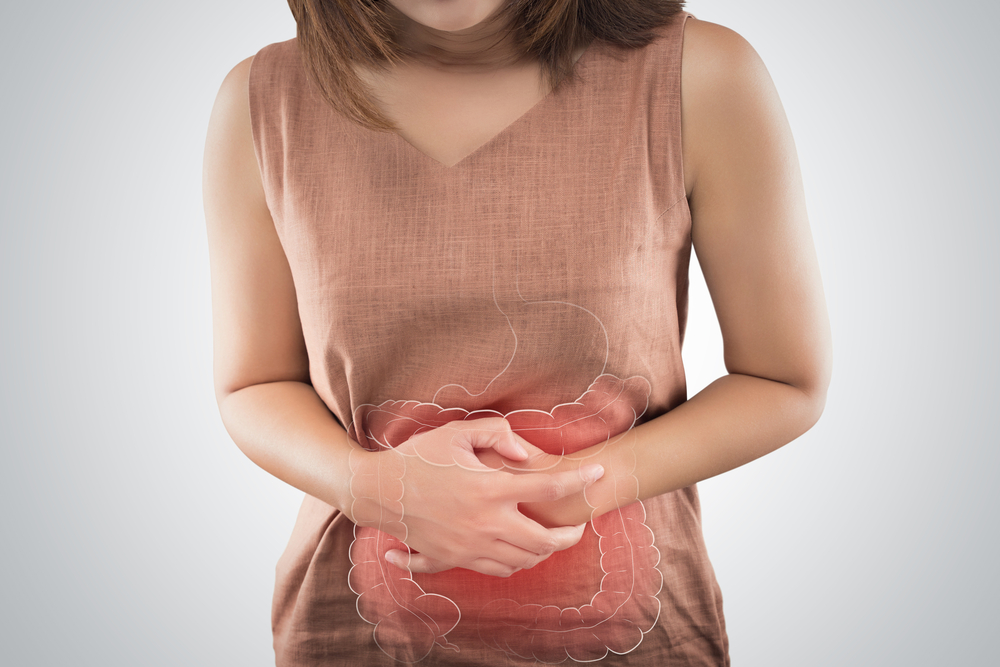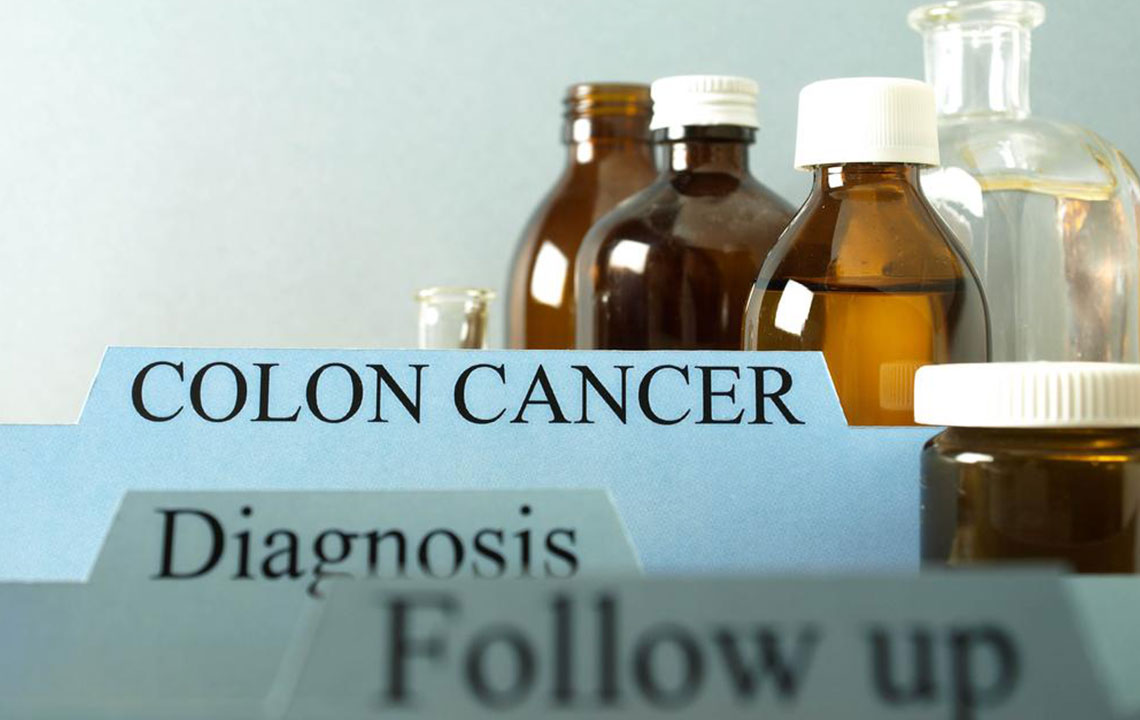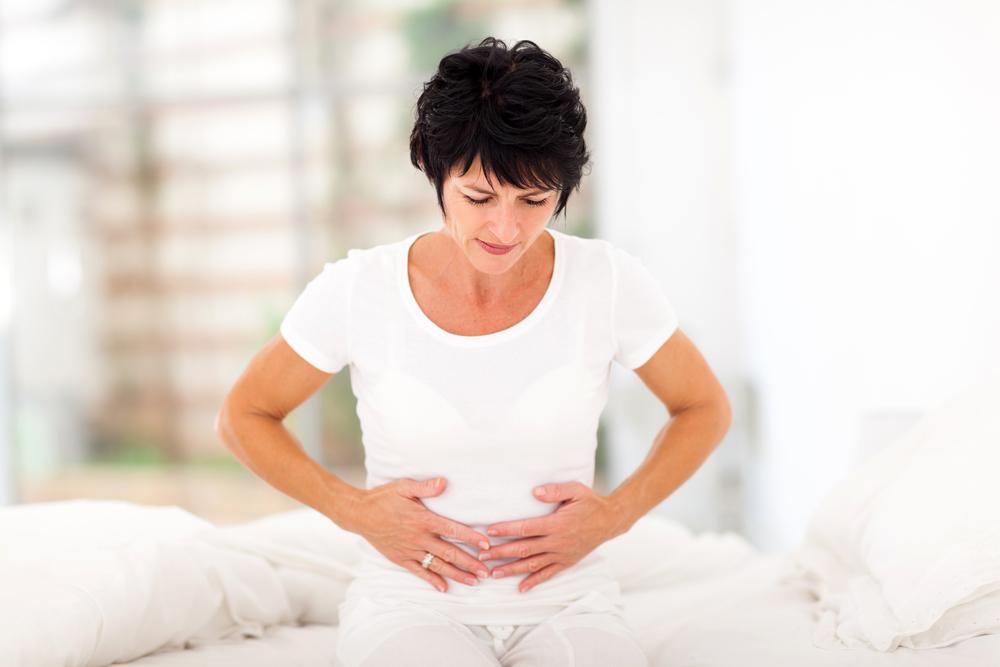Comprehensive Guide to Colon Polyps: Types, Causes, and Prevention Methods
This comprehensive guide offers in-depth insights into colon polyps, including their types, causes, risk factors, detection methods, symptoms, and prevention strategies. Essential for early diagnosis and reducing cancer risk, understanding these aspects empowers individuals to take proactive measures for colon health and disease prevention.

Comprehensive Guide to Colon Polyps: Types, Causes, and Prevention Methods
Colon polyps are abnormal tissue growths that develop on the inner lining of the large intestine, also known as the colon. These growths can vary in size and shape, and they often protrude into the colon’s hollow interior. Understanding these polyps is crucial because, depending on their type and characteristics, they can lead to serious health issues, including colorectal cancer. This article provides an in-depth exploration of colon polyps, focusing on their types, underlying causes, risk factors, detection methods, symptoms to watch for, and effective strategies for prevention.
Understanding the Different Types of Colon Polyps
Inflammatory Polyps: These are also known as false polyps or pseudopolyps, indicating that they are benign and do not carry a high risk of turning into cancer. They often occur in individuals suffering from inflammatory bowel diseases such as Crohn’s disease and ulcerative colitis. These polyps are a response to ongoing inflammation, representing polypoid formations that are actually tissue remnants of damaged mucosa. While they may cause symptoms like bleeding or pain, their primary significance lies in their association with inflammatory conditions rather than malignancy.
Adenomatous Polyps: Adenomas are the most common type of colon polyps, accounting for approximately 70% of all cases. These growths are benign initially but possess the potential to develop into malignant tumors if left untreated over several years. The transformation is often a result of genetic mutations accumulating over time, making early detection and removal vital in preventing cancer development.
Hyperplastic Polyps: These are small, overly proliferative growths characterized by rapid cell growth leading to larger polyps. Generally, hyperplastic polyps are considered benign with minimal risk to become cancerous. They are often discovered during routine screening procedures and usually do not require removal unless they are large or numerous.
Villous Adenomas: This subtype of adenomatous polyps is characterized by villous (finger-like) structures that resemble tiny, cauliflower-like projections. They are particularly significant because of their higher potential for malignancy—up to 30% of villous adenomas may progress to adenocarcinoma if not removed. Due to their morphology, they often require surgical removal, especially if they are large or symptomatic.
What Causes Colon Polyps?
The precise causes of colon polyps remain somewhat elusive, but current research indicates that both genetic predisposition and environmental influences play critical roles. Changes or mutations in the DNA of colon cells can disrupt normal cellular functions and lead to abnormal growths.
Factors such as lifestyle, diet, and exposure to certain risk factors influence the likelihood of polyp development. These elements may promote mutations or inflammatory processes that facilitate tissue overgrowth.
Key Risk Factors for Developing Colon Polyps
Age: The risk of colon polyps increases significantly with age, especially after the age of 50. As individuals age, cellular repair mechanisms decline, increasing the chance of abnormal cell growth.
Family History: A family history of colon cancer or polyps significantly raises an individual’s risk. Genetic mutations inherited from relatives can predispose individuals to developing polyps and subsequently cancer.
Gender: Men tend to have a higher incidence of colon polyps compared to women, possibly due to hormonal or lifestyle differences.
Race: Higher prevalence and risk are observed among Black populations, who also tend to develop polyps at younger ages and with more advanced pathology.
Diet and Lifestyle Factors: Excessive intake of red and processed meats, high alcohol consumption, smoking, and a sedentary lifestyle contribute to increased risk. A diet lacking in dietary fiber, fruits, and vegetables is also linked to a higher prevalence of polyps.
Obesity and Physical Inactivity: Obesity is a well-documented risk factor due to its association with inflammatory processes and hormonal changes that promote abnormal cell growth.
How Are Colon Polyps Diagnosed?
Colonoscopy: The most comprehensive and effective diagnostic tool, allowing direct visualization of the colon’s interior, biopsy, and removal of polyps during a single procedure.
Sigmoidoscopy: Focuses on the lower part of the colon and rectum, assisting in detection and removal of polyps in the distal colon.
Barium Enema: An imaging test that involves introducing a barium solution into the colon to visualize abnormalities via X-ray.
Computed Tomography (CT) Colonography: A non-invasive imaging technique providing detailed images of the colon’s interior, often used as an alternative when colonoscopy is contraindicated.
Stool Tests: Tests such as fecal occult blood testing (FOBT) or fecal DNA testing can detect signs of bleeding or genetic mutations associated with polyps and cancer, prompting further investigation.
Symptoms to Recognize and When to Seek Medical Attention
The majority of small, benign polyps do not cause obvious symptoms. However, some signs warrant prompt medical evaluation:
Changes in stool color or consistency, such as black, tarry stools or ongoing diarrhea.
Rectal bleeding or blood in stool; even small amounts can be significant.
Iron deficiency anemia caused by chronic blood loss from bleeding polyps.
Altered bowel habits, including constipation or persistent diarrhea.
Unexplained abdominal discomfort, cramping, or pain.
Fatigue and weakness related to anemia or ongoing bleeding.
Presence of blood in stool or when wiping after bowel movements signals the need for investigation.
Preventive Measures and Lifestyle Tips
Adopt a Healthy Diet: Incorporate plenty of fruits, vegetables, whole grains, and fiber-rich foods into your daily diet. Limit consumption of processed foods, red meats, and high-fat items. A balanced, plant-based diet can help reduce inflammation and promote healthy colon tissue.
Regular Screenings: Routine colonoscopies are essential, especially for individuals over 50 or those with risk factors. Early detection allows for polyp removal before malignant transformation occurs.
Maintain a Healthy Weight and Exercise Regularly: Physical activity reduces inflammation and supports overall colon health. Achieving and maintaining a healthy weight is associated with lower risk.
Avoid Smoking and Limit Alcohol: Both habits are linked to increased risk of developing polyps and colorectal cancer. Quitting smoking and moderating alcohol intake are beneficial preventive steps.
Limit Red Meat and Processed Foods: Reducing intake of processed meats and choosing lean protein sources can lower risk.





